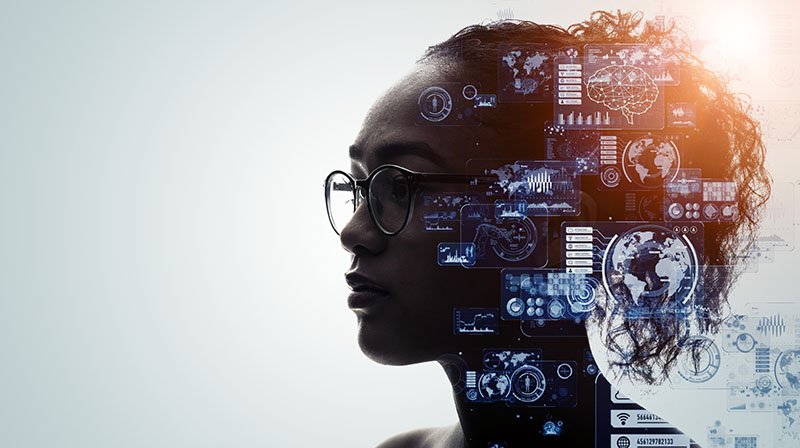“AI is probably the most important thing humanity has ever worked on,” says Sundar Pichai, the CEO of Alphabet.
I agree—with a caveat. AI is not intrinsically valuable. We derive value from AI based on how we choose to use it. The most important thing humanity has ever worked on is probably not AI, but rather AI’s real-life use cases.
So the question is: how will we choose to apply AI in our businesses? From automating routine tasks to solving some of the world’s most complex problems, the possibilities are endless.
At Pipeline, we’re using AI to help organizations unlock financial gains by closing their gender equity gaps. Our original research across 4,161 companies in 29 countries found that for every
10% increase in gender equity, there is a 1 to 2% increase in revenue. Gender equity—previously considered a social issue, cost center, or “nice-to-have” job perk—has been flipped into an achievable economic imperative for companies around the world.
Gender equity is an economic issue, not a social one
We’ve been observing the workplace’s gender equity gap for decades now. We know that the average working woman loses $10,122 every year as a result of the gender pay gap (and it’s worse for women of color). Women are 50% of the world’s population, yet lead 18 % of firms globally and represent a mere 7% of Fortune 500 CEOs. If you feel that talking about this inequity seems tiresome or trite, you’re not alone.

Despite our best intentions, little has been done to close the gender equity gap. In fact, progress recently has been so slow that between 2019 and 2020 we added 55 extra years to the expected timeline for closing the gender gap in economic equality. That means we have to wait another 257 years before achieving economic gender equity.
Social issues aside, society’s collective failure thus far to reach gender equity in the workplace comes with a serious economic cost that should concern business leaders. By allowing gender equity gaps to remain, organizations miss out on the financial upside of gender equity. According to our research, this includes, and is not limited to, increases in return on equity, revenues, sales productivity, ability to attract top talent, and rates of innovation. (See the data here.)
Despite all this, we have unfortunately so far failed to see meaningful change.
When good intentions aren’t enough, turn to AI
One of the limiting factors in reaching gender parity in the workplace is execution. Until now, companies didn’t have the means necessary to operationalize their commitment to gender equity, even when it existed. So even though 78% of CEOs lists gender equity as one of their top priorities, and even though hundreds of the world’s top business leaders have signed pledges such as CEO Action for Diversity and Inclusion, progress toward gender equity has stalled and will continue to stall unless we use the correct tools to fix the problem. Specifically, we need tools to root out unconscious biases.

AI is one such tool. With proper application, AI has the ability to:
- Ensure that each human capital decision is bias-free, and
- Guarantee that each human capital decision is made in the company’s financial best interest.
Let’s see how AI can uniquely address both A and B.
Companies make three key decisions about their talent every year: How will we pay our employees? How will we review their performance? And how will we evaluate their potential? For the average Fortune 500 company, which has approximately 60,000 employees, that’s 180,000 opportunities to move further from or closer to gender equity each year.
AI can not only remove bias from these talent decisions, but it can also inform (or augment) smarter, more equitable decision-making. For instance, instead of relying on informal relationships to decide who to promote, companies can use bias-free data to make decisions that benefit the company.
What’s more, these AI-augmented decisions can be quantified in terms of the projected financial upside they will bring to the company. That can provide leaders with the confidence to know that equitable decisions are not only right, but smart.
A new era of gender equity in the future of work
Leaders must embrace AI now or risk being left behind, especially as COVID-19 accelerates the adoption of advanced technologies. We must retire check-box diversity and point-in-time gender equity audits. In exchange, we must embrace the unstoppable momentum of digital transformation, which will allow us to collect and capitalize on our vast troves of human capital data. With AI as an available tool, it’s no longer a question of if we can close the gender equity gap—it’s a question of will we choose to?
Katica Roy is a gender economist and CEO of Pipeline Equity.
















